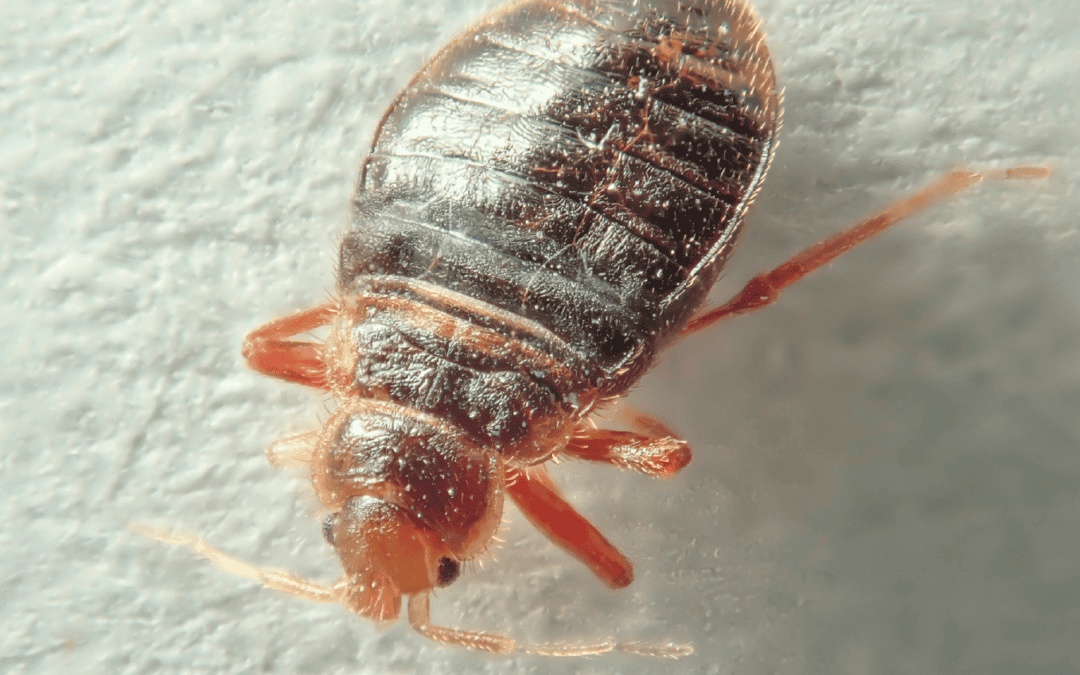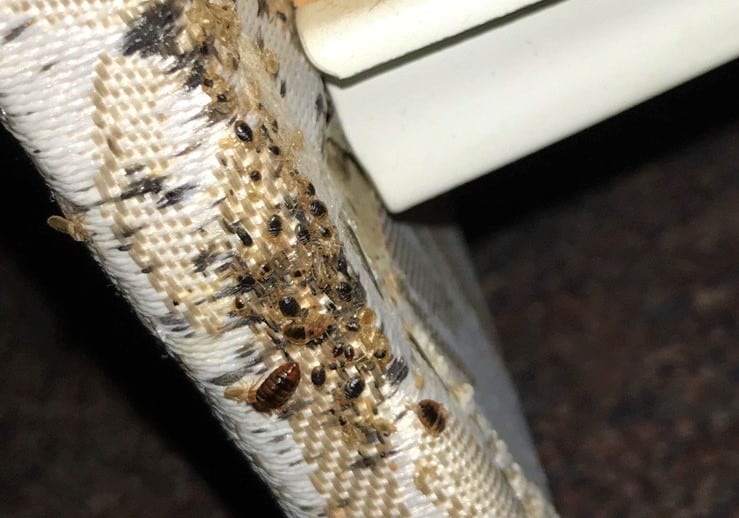From Vapor to Airing Out: Checking Out the Diverse Techniques Available for Bed Bug Therapy
In the world of bug control, particularly when taking care of the relentless and resilient bed insect infestations, a variety of treatment approaches have been established to combat these elusive bugs. From the effective use of heavy steam to the extensive technique of fumigation, the arsenal of techniques offered for bed pest therapy is varied and frequently progressing. Each method brings its own set of considerations and advantages, satisfying various circumstances and choices. Understanding the variety of alternatives offered not just supplies understanding right into the intricacy of bed insect monitoring yet also highlights the significance of picking the most suitable technique for each and every one-of-a-kind situation.
Heavy Steam Therapy
Just how effective is vapor treatment in removing bed bugs? Heavy steam therapy has actually obtained recognition as a non-chemical approach to combat bed pest invasions. The heats created by heavy steam can effectively eliminate bed pests in various life phases, consisting of eggs, nymphs, and adults. When applied appropriately, heavy steam can pass through right into splits and holes where bed insects conceal, guaranteeing comprehensive obliteration of the parasites.

Nonetheless, it is necessary to note that while steam treatment can be highly efficient in killing bed insects on call, it might not give long-lasting residual defense. It is commonly recommended to incorporate heavy steam therapy with other integrated parasite administration approaches for comprehensive bed bug control.
Fumigation
Fumigation is a commonly utilized technique for the extermination of bed insects and various other bugs in residential and industrial setups. This procedure involves making use of fumigants, which are chemicals in aeriform form that penetrate the atmosphere to eliminate bugs. Airing out is very reliable in eliminating bed bugs in any way phases of their life cycle, reaching right into crevices and fractures where these bugs frequently hide.

While fumigation is a potent technique for bed pest eradication, it is necessary to adhere to correct treatments and guidelines to guarantee safety and performance. Collaborating with licensed professionals is advised to make certain the correct application of fumigants and successful removal of bed pest infestations.

Cryonite Therapy
Using a rapid-freeze strategy, Cryonite treatment provides a safe technique to remove bed pests and various other bugs by freezing them on contact. This innovative method involves the application of co2 snow at very low temperatures (-110 ° F), effectively debilitating and killing the targeted insects. As the frozen co2 particles reach the pests, they quickly cool off the pests' bodies, leading to ice crystal formation both on the pests' exoskeleton and internally. This procedure disrupts their cellular structure, inevitably creating their demise.
One of the crucial advantages of Cryonite treatment is its capability to eradicate bed bugs without using chemicals, making it an eco-friendly choice suitable for delicate settings such as medical facilities, schools, and food handling facilities. In addition, Cryonite therapy is a dry approach that click here for more leaves behind no residue, enabling immediate re-entry to the cured location. Bed Bug Heat Treatment. This technique is especially reliable for targeting bed pests that have actually established resistance to traditional pesticides, giving a useful choice for bug control experts and property owners seeking efficient and lasting solutions
Warmth Treatment
Warmth therapy is an extremely efficient technique used to get rid of bed insects by elevating the temperature of infested locations to levels deadly to the insects. This strategy entails heating up the plagued area to temperatures between 120 ° F and 140 ° F, which is kept for numerous hours to guarantee that all bed pests and their eggs are gotten rid of. The heat permeates splits, holes, and various other hard-to-reach areas where bed bugs might hide, making it an extensive therapy alternative.
Among the key benefits of warm treatment is its capability to eliminate bed bugs at all life stages, including grownups, nymphs, and eggs, without making use of chemicals. This makes it an attractive option for those worried about the possible health risks connected with pesticide use. In addition, warm treatment is understood for its capacity to provide instant outcomes, with numerous problems being dealt with in a single treatment session.
While warmth treatment can be extremely efficient, it is important to enlist the services of skilled specialists to make certain that the procedure is performed securely and appropriately. Appropriate preparation of the space and careful surveillance during therapy are important to the success of heat therapy in getting rid of bed bugs.
Chemical Therapies
When dealing with bed bug problems, an alternate method that is frequently employed entails the application of chemical therapies to get rid of these parasites. Chemical therapies for bed bugs commonly are composed of pesticides that are specifically this content created to eliminate and target bed insect populations. These treatments can come in numerous types such as liquid sprays, dust powders, aerosols, or perhaps fumigation approaches.
Among the main advantages of making use of chemical treatments is their effectiveness within hard-to-access or hidden areas where bed pests might be harboring. These chemicals can pass through cracks, gaps, and various other areas where bed insects tend to hide, making certain a much more thorough obliteration of the invasion. Furthermore, chemical therapies can offer a recurring effect, remaining to eliminate bed pests even after the first application.
Nonetheless, it is essential to follow safety and security guidelines and directions when making use of chemical treatments for bed bugs to reduce risks to humans and pet dogs. Bed Bug Heat Treatment. Appropriate application by qualified experts can assist make certain the performance of the treatment while guarding versus prospective damage
Conclusion
In verdict, the diverse techniques available for bed bug therapy supply a series of choices for properly getting rid of invasions. From vapor treatment to fumigation, cryonite therapy, warmth therapy, and chemical therapies, each approach has its own benefits and restrictions. It is necessary to carefully consider the specific situations of the problem and seek advice from with experts to determine one of the most ideal anchor treatment approach for efficient bed pest obliteration.
From the reliable use of steam to the comprehensive approach of fumigation, the collection of methods readily available for bed insect therapy is diverse and constantly evolving. Steam treatment has actually gained recognition as a non-chemical method to battle bed bug infestations. Furthermore, warm treatment is recognized for its ability to give instant results, with numerous invasions being resolved in a single treatment session.
Chemical treatments for bed insects usually are composed of insecticides that are especially formulated to eliminate and target bed insect populations. From heavy steam treatment to airing out, cryonite treatment, heat treatment, and chemical therapies, each approach has its own benefits and constraints.